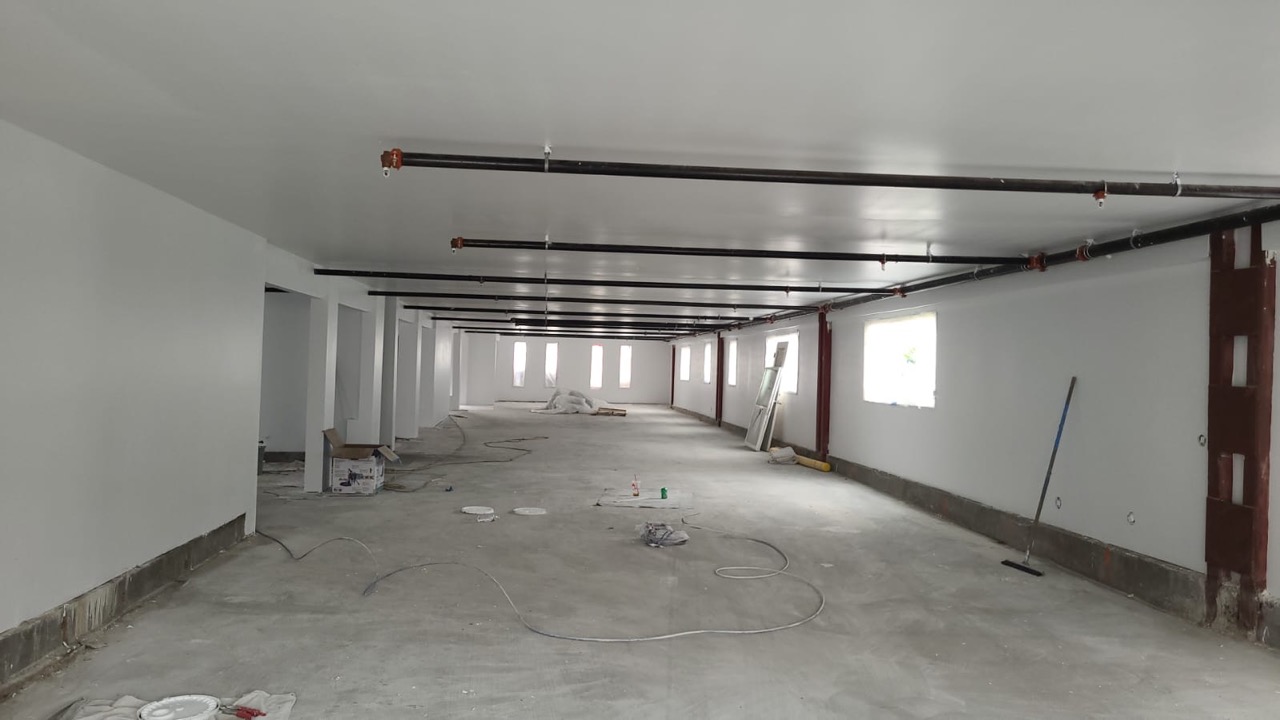Water Damage Drywall Repair
Hey! 👋 This blog talks about saving drywall trough our drywall repair services, but if you really wanna see our work, head over to our Instagram. We post all our cool projects there. This blog just makes it easier for you to find us, but our portfolio? It’s all on Instagram
Catch us doing our thing at SGP Drywall Contractor in San Diego, CA: instagram.com/drywall_sandiego. See ya there!

Wet drywall can often be saved if prompt and appropriate measures are taken after a water leak. Here’s what you need to know:
- Act Quickly:
- The key to salvaging wet drywall is to act quickly. Mold can start to develop within 24-48 hours, so the sooner you address the issue, the better.
- Identify and Fix the Source of Water:
- Before addressing the wet drywall, identify and fix the source of water that caused the damage. Whether it’s a leaky roof, burst pipe, or other issue, resolving the source is crucial to prevent further damage.
- Turn off Electricity:
- If the water leak is significant and has affected electrical outlets or wiring, turn off the electricity in the affected area to avoid potential electrical hazards.
- Assess the Extent of Damage:
- Evaluate how much of the drywall is affected. If it’s only a small section, it may be possible to cut out and replace the damaged portion.
- Remove Damaged Material:
- If the drywall is extensively damaged or saturated, it’s best to remove it. Cut out the affected area using a utility knife, making sure to cut to the nearest studs. Remove any wet insulation behind the drywall as well.
- Allow for Ventilation:
- Open windows and doors to facilitate ventilation. Use fans and dehumidifiers to help dry the area faster. Proper ventilation is essential to prevent mold growth.
- Check for Mold:
- Inspect the remaining drywall, studs, and surrounding areas for signs of mold. If mold is present, it may be necessary to consult with professionals for remediation.
- Disinfect and Clean:
- Disinfect the affected areas with a solution of water and bleach (about 1 cup of bleach per gallon of water) to prevent mold growth. Clean and dry surfaces thoroughly.
- Apply Mold Inhibitor:
- Once the area is clean and dry, consider applying a mold inhibitor or mildew-resistant paint to help prevent future mold growth.
- Repair or Replace Drywall:
- If you removed a section of drywall, replace it with new drywall. Ensure that the new drywall is properly sealed and painted to prevent future water damage.
- Monitor for Continued Issues:
- Keep an eye on the repaired or replaced drywall for any signs of recurring leaks or mold growth. Address any issues promptly.
If the water damage is extensive or if you’re uncertain about the extent of the damage, it’s advisable to consult with professionals, such as water damage restoration specialists or mold remediation experts, to ensure thorough and proper restoration.

